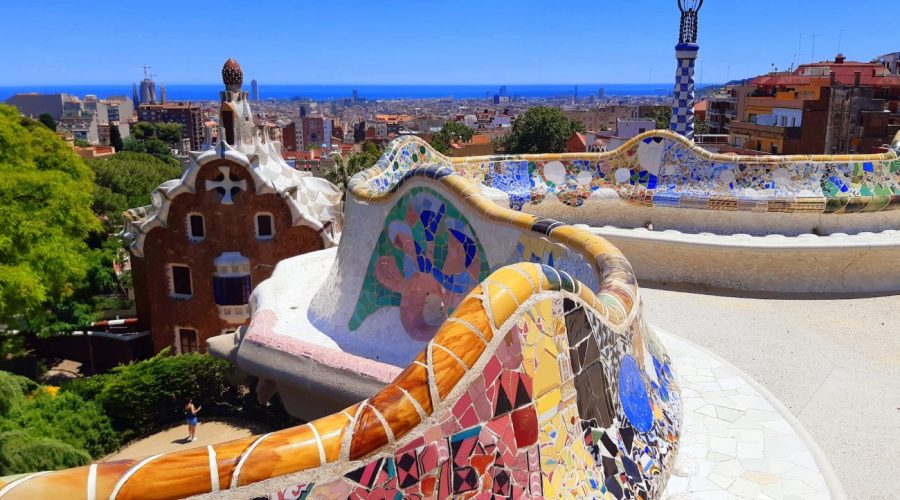Unlocking the Magic: Exploring the Liffey in Dublin
Dublin is a city of friendly smiles, beautiful memories and the Liffey River gracefully flowing through the city. Thus, if this is your first time in Dublin or you wish to know more about this beautiful river, then this article will be of interest to you. In this Blog post, main attractions and essences of the Liffie and its contribution to the lively city of Dublin will be revealed.
Introduction to the Liffey
The River Liffe is a major river which divides Dublin to its Northside and the Southside. Measuring about 125 kilometers (78 miles) it reflects the spirit and tradition of Dublin making it an important component of the city. Originally originating in County Wicklow, it expands as far as the Irish Sea where it joins other water systems.
The Liffey’s Historical Importance
The part of the river has played a crucial role in the life of Dublin from the times immemorial. It formed a useful link in a trade axis benefiting Dublin which soon became one of the major European ports. The river saw Viking settles in the area in the ninth century and they became influential in the formation of the city.
In Georgian era, the Liffey was used to transport goods and commodities with the help of which trade was carried out between Dublin and other parts of Ireland. Full-finished quays and harbours bustled with activity and merchants and sailors filled the spaces.
The Bridges of the Liffey
The Liffey River is also crossed by a large number of bridges and all the bridges are endowed with history and architectural design. These bridges are thus link the two sides of Dublin and form a continuum between the concrete and commercial district and the cultural and historic district of the city.
1. Ha’penny Bridge
The Ha’penny Bridge which is also named as Liffey Bridge is one of the most famous riverside structures of Dublin. This bridge was erected in 1816 and specifically received the name of ‘Half Penny’ for the fact that halfpenny was the fee paid to use the bridge. It is ideal for a couple for a date or even for one who wants to get a perfect view of the river.
2. Samuel Beckett Bridge
Some of the recent icons are as follows: The Samuel Beckett Bridge was built in the year 2009. It is designed in the form of a harp when placed on its side and thus it complements Ireland’s musical culture. Not only does it offer people a way to cross one of the city’s waterways, it is a striking structure that defines Dublin’s new architecture.
3. O’Connell Bridge
Dublin is a renowned city located in Ireland and one of the site of tourist attractions it holds is O’Connell Bridge. Crossing the Liffey, it brings theOO’Connell Street which is one of Dublin’s main arteries. This makes it possible for one to have a view of both ends of the river from this bridge. It is also a place of cultural and entertainment activities both for children and adults throughout the year.
Exploring the Liffey Quays
The Liffey Quays of Dublin boast of a number of thrilling streets, beautiful structures and various amenities that represent the best of Dublin.
1. Temple Bar
888 888 existent at the south of Liffey bank, Temple Bar has become rather famous as having a rich cultural core. Filled with pubs or restaurants, streets performers, available for music and other performances, it is definitely one of the best places that offers a glimpse of the city’s passionate atmosphere.
2. Custom House
Custom house is one of the architectural unforgettable monuments of Dublin; interior and exterior design of the building blends Neo classical style. Situated on the northern side of the Liffey River, it symbolizes Dublin as an era of the busy commercial city. This was constructed in the end part of the 18th century and it is today used as a government administration building.
3. Guinness Storehouse
Whenever one wants to tour Ireland, it is not a good idea to leave Dublin without a stopover at the Guinness brewery that is situated near the south bank of the Liffey. Get an insight into the history of this famous drink and the process of brewing and see the breathtaking view of the city from the Gravity Bar.
Enjoying the Liffey’s Walking Trails
The best way of touching the Liffey, at least in my opinion is by walking along its shores. There are also several beautiful sites along the river where there are wonderful tracks for walking along the park and also passing through the township.
The Boardwalk and Dublin Docklands
Taking a walk on the board, it is possible to feel Dublin Docklands’ spirit and atmosphere. Take a trip to the fine architecture, get to see the Jeanie Johnston Tall Ship and feel free to savor the foods in the different restaurants and cafes.
Phoenix Park
Although not bordering the Liffey River as it passes through the Dublin city, Phoenix Park, which is a relatively short walk away provides an opportunity to get away from the city’s bustle. It is a large park where deer are usually seen grazing, various types of flowers grown and the Papal cross is also situated. Stroll by the river and appreciate its calm nature.
Conclusion
There is nothing more than a river for people living in Dublin; the River Liffey is part of their spirit as well as life. Its historical significance, greatest bridges, vibrant waterfronts, as well as the strolls make Dublin a notable attraction site. Is an incredibly exciting and educating experience to every architectural and history lover, or anyone that wants to take a pleasant and worth experience walk around the Liffey. So, pick up the camera, put your comfortable shoes and let the discovery of the charm on the Liffey begins!
Table of Contents



